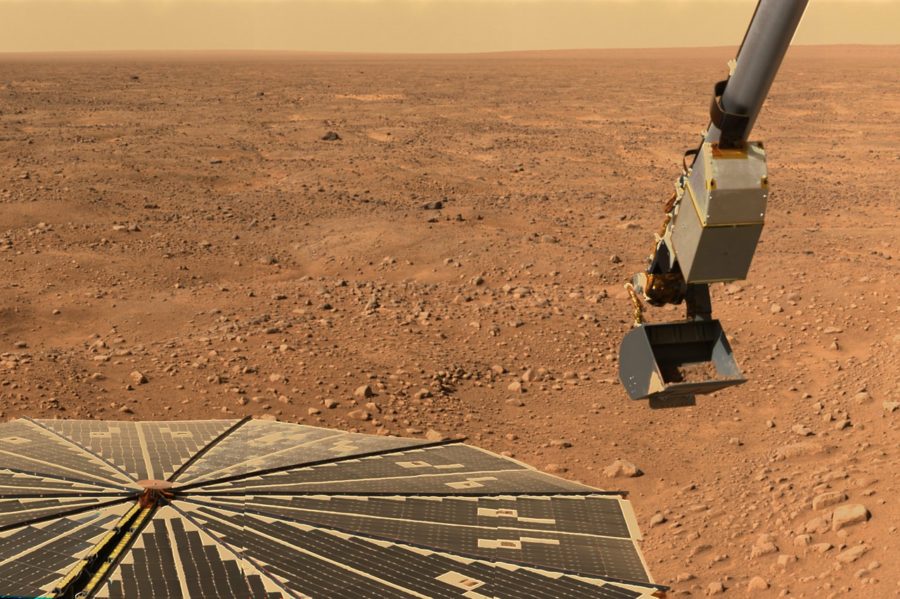NASA’s Perseverance Rover Retrieves Video and Audio on the Surface of Mars
March 12, 2021
On February 18th, NASA’s Perseverance rover made contact with the red surface of Mars, sending back incredible, unprecedented high-definition footage of the planet’s crust. A couple of days after the official landing, the rover released a three-minute, 25-second video of the parachuting and landing process, revealing a faint breeze on the surface. According to NASA, Perseverance landed at the Octavia E. Butler Landing on Mars before traversing 21.3 meters along the surface and capturing every moment of it. The device was launched on July 30th, 2020 and landed for the first time on February 18th. As of March 9th, Perseverance has spent 18 Martian days (sols) on the planet and is set to stay there for at least one Martian year (687 Earth days). The event marks a momentous achievement in engineering history, as NASA’s engineers successfully designed a vehicle that can safely travel and land at a specified touchdown location on Mars and traverse great distances while also delivering vivid images back to Earth.
Perseverance Rover’s Descent and Touchdown on Mars (Official NASA Video) Source: YouTube
Along with mini-helicopter Ingenuity, Perseverance is part of NASA’s Mars 2020 Exploration Program, which aims to find and collect signs of ancient microbial life on Mars in order to “explore the past habitability of Mars.” The rover was designed with that mission in mind and has a drill that will be used to gather samples of Martian rock and soil to be brought back to Earth. Once retrieved on Earth, scientists will closely examine the samples and estimate the age (using radioactive elements’ half-life) of the rocks as well as past geology and climate. This successful mission could pave the way for future human expeditions and even settlement.

Although NASA’s Mars Exploration Program is a long-term effort launching over 20 missions dating back to 1965, the Perseverance Mars 2020 is said to be NASA’s “most advanced rover yet.” It was the first time audio recorded on the Martian surface, in addition to the landing video and an HD panorama of the Martian landscape. The engineering team equipped the rover with 23 high definition cameras, producing the most detailed, graphic imagery since the initiation of the Mars Exploration Program. Perseverance’s expedition was a “test drive” for the cameras, as well as the six-wheeled mobilization system, seven-foot robotic arm, wind sensors, and essentially all of the new technological updates that the engineering team has added since the 2018 launch of the Insight Discovery Mission. Anais Zarifian, Mars 2020 Perseverance rover mobility testbed engineer at NASA’s Jet Propulsion Laboratory in Southern California, remarked that it had been their “first chance to ‘kick the tires’ and take Perseverance out for a spin. The rover’s six-wheel drive responded superbly. We are now confident our drive system is good to go, capable of taking us wherever the science leads us over the next two years.”
After this astounding feat, the future of astrobiological exploration is looking bright. The mission proved Perseverance’s design and procedure to be sound, meticulous, and responsive. The 33-minute tread along Martian terrain foretells much longer and more detailed explorations to come, and the success of the rover’s robotic arm and drill system suggests that samples of extraterrestrial rocks and sediment may soon be making their way to Earth. The search for aliens and the possibility of interplanetary settlement has been a question since the dawn of man, and Perseverance Mars 2020 is set on getting to the bottom of it.
To stay updated on the Mars 2020 Mission, visit Perseverance’s Twitter here.


















































































































































